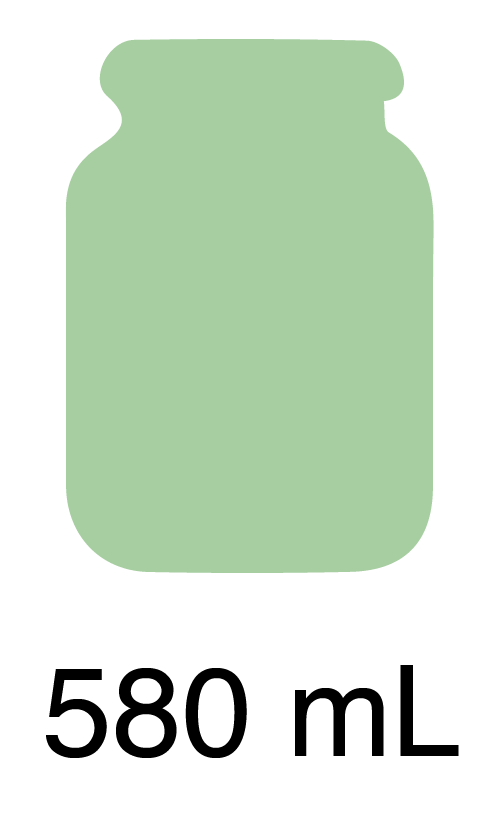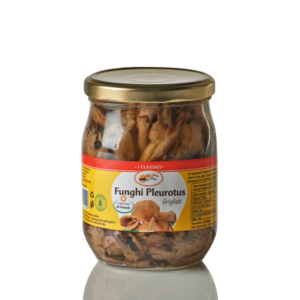Additional information
| Source area | Latina/Treviso, Italy |
|---|---|
| Nutritional Intake | This mushroom has a high water content and is rich in potassium, sodium, manganese, zinc and selenium. The fresh mushroom is full of vitamins of group B (B1, B2, B3, and B9), C and E. It also contains unsaturated fats like linoleic acid, α-linolenic, oleic and palmitoleic acid as well as a high insoluble fiber percentage, mucilage and tannins. Good quantity of proteins like lavostatine and ostrolisine. Lastly, Pleurotus Ostreatus contains little quantities of nickel sulfate, a sensitizer to touch. |
| Period of transformation | From the second week of February to the second week of April. |
| Trivia | The name of this mushroom is composed by two words: Pleurotus, from greek pleurón = beside and oûs, otós = ear, that is to say “with its ear beside” because of its shape. Ostreatus, from latin ostrea =oyster, for its similarity to an oyster’s clam. |
| Source area | Nola countryside - Italy |
|---|---|
| Nutritional Intake | A vegetable with good content of potassium, phosphorous, calcium, magnesium, zinc, iron, selenium and sodium. The fresh vegetable contains glucose, sucrose and soluble fibers and is rich in vitamin A, B6, E, J and K1, beta carotene, lutein, capsanthin, capsorubin and zeaxanthin. It is also full of antioxidants and polyphenols like ellagic acid. Capsaicin (1,5%) gives to its seeds a mild spiciness. |
| Period of transformation | From the second week of July to the first week of October. |
| Trivia | This particular variety gets its name, Capiscum Annum, from its empty box-shaping. (from Latin capsa=box). Each color means a different taste: GREEN: green peppers are less mature and rich in chlorophyll, magnesium, pectin and polysaccharides which nourish and support the plant. RED: antocyanic concentrations and lycopene give this bright color to the vegetable, full of antioxidant properties. YELLOW: rich in carotenoids, phyto colorants and antioxidants. |




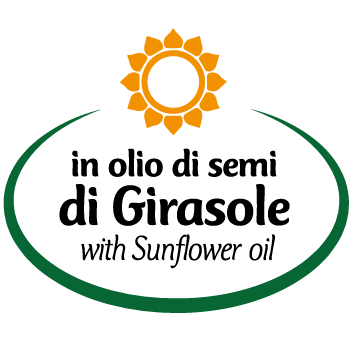
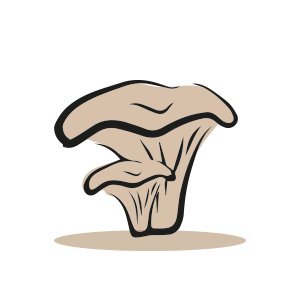 Mushrooms (Pleurotus Ostreatus) 35%
Mushrooms (Pleurotus Ostreatus) 35% 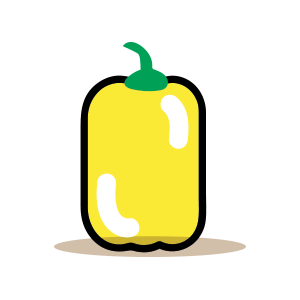 Peppers 25%
Peppers 25%  Sunflower oil
Sunflower oil  Sea salt
Sea salt White vinegar
White vinegar  Garlic, oregano, chili pepper
Garlic, oregano, chili pepper

